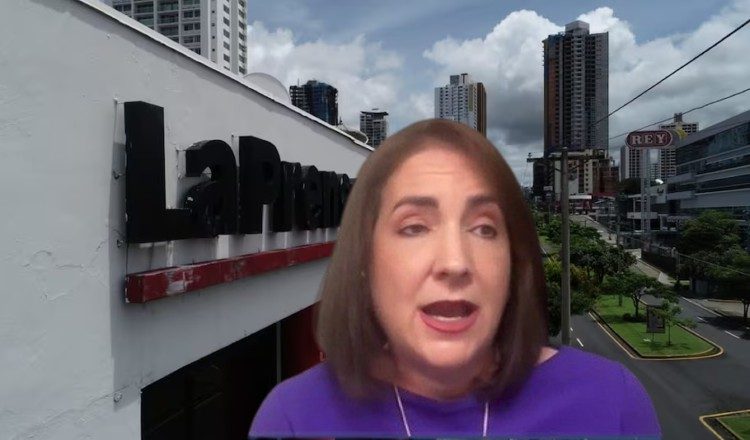What Are the Key Factors That Determine Car Shipping Cost?

Moving a vehicle across states or even across the country isn’t simply about covering miles; it’s about understanding the layered variables that shape the final bill. Car shipping costs are never random; they’re influenced by logistics, seasonal demand, and operational realities that every transporter must evaluate before offering a quote. Recognizing these elements is the first step toward setting realistic expectations.
Think of it like booking a flight: the ticket price depends on timing, route, and service class. Shipping a car works the same way. Multiple factors, distance, vehicle type, transport method, and pickup or delivery location, interact to raise or lower expenses. Knowing these dynamics ensures smarter planning and fewer surprises.
How Does Distance Influence Pricing?
Distance is the most obvious factor, but it’s not as simple as “longer equals more expensive.” Transporters weigh mileage, fuel consumption, and driver hours when calculating a quote. A 300‑mile trip may cost less per mile than a 1,500‑mile journey because longer hauls spread fixed expenses more efficiently across the route. That efficiency often makes extended trips more economical on a per‑mile basis.
Yet shorter routes can sometimes feel pricier. Loading, unloading, and scheduling require nearly the same effort regardless of distance, which raises the relative cost. That’s why asking how much to ship a car is never answered with a flat rate; it depends entirely on context and circumstance. Understanding these dynamics ensures smarter planning, better budgeting, and fewer unexpected costs when shipping a car.
What Role Does Vehicle Type Play?
Not all cars are created equal when it comes to shipping. Size, weight, and modifications directly affect transport logistics. A compact sedan fits easily on most carriers, while oversized trucks or SUVs may require specialized equipment.
Luxury or classic cars often require enclosed transport, a premium option that costs more but ensures added protection against weather and road debris. Think of it as choosing between economy and first-class seating; the destination is the same, but the experience differs significantly.
Why Does Transport Method Matter?
The way a car is shipped changes the price dramatically. Open carriers are the industry standard, moving multiple vehicles at once. Enclosed carriers, on the other hand, offer premium protection against weather and road debris.
Choosing between them isn’t just about budget; it’s about risk tolerance. If a vehicle’s value or condition makes exposure unacceptable, enclosed shipping becomes the logical choice, even at a higher rate.
When Does Timing Affect Cost?
Timing plays a bigger role than most people realize. Seasonal demand spikes, like snowbirds moving cars south in winter, can push rates higher. Similarly, last-minute bookings often cost more because carriers must adjust schedules.
Planning shipments usually saves money because carriers can optimize routes and offer better rates. Flexibility allows transporters to optimize routes, which means they can offer better pricing. Urgency, however, forces them to prioritize, and that premium gets passed on to the customer.
Where Do Pickup And Delivery Locations Factor In?
Pickup and delivery points play a significant role in shaping transport costs. Urban centers with direct highway access are easier for carriers to reach, which keeps expenses lower. Remote or rural areas, however, add complexity. Drivers may need to travel off-route, consuming extra fuel and time, and those inefficiencies are reflected in the final price.
That’s why terminal-to-terminal shipping often comes at a lower rate compared to door-to-door service. Meeting at a central hub reduces logistical strain and allows carriers to operate more efficiently. Home delivery, while convenient, requires additional effort and resources, which naturally increases the overall cost.
What Are The Hidden Elements That Shape Pricing?
Beyond the obvious factors, there are subtle influences that quietly shape the final shipping quote. International routes and port regulations can also influence pricing, especially when tariffs or import fees apply. According to the Federal Maritime Commission, shipping a vehicle overseas involves documentation, inspection, and regulatory costs that vary by destination and carrier type.
These hidden elements often surprise customers, yet they play a decisive role in determining whether the overall cost rises or falls. Let’s examine them closely:
Condition Of The Vehicle
Non-running vehicles require specialized handling, often involving winches or forklifts to load them safely. This additional labor and equipment usage increases both time and expense. In contrast, operational cars are straightforward to load, making them consistently cheaper and more efficient to transport.
Flexibility Of Scheduling
Carriers operate on optimized routes, so flexibility in scheduling allows them to fill trucks efficiently, lowering costs. Strict deadlines force carriers to prioritize, often disrupting planned logistics. That urgency translates into higher rates, making flexible timing a hidden advantage for savings.
Market Demand
Shipping costs fluctuate with demand. Popular routes, such as Los Angeles to New York, are cheaper because carriers run them frequently. Less common routes lack consistent traffic, forcing carriers to adjust pricing upward since trucks aren’t naturally heading in that direction.

Why Is The “Flat Rate” Myth Misleading?
It’s tempting to believe car shipping comes with a universal flat fee, but that assumption quickly unravels. Every shipment is shaped by its own mix of variables, distance, vehicle type, transport method, timing, and pickup or delivery location. These elements interact in ways that make each quote unique, so expecting a single fixed price often leads to disappointment.
Flat-rate thinking creates unrealistic expectations and can cause frustration when the invoice doesn’t match the assumption. The smarter approach is to recognize how these factors combine, set a flexible budget, and prepare for adjustments. By understanding the mechanics behind pricing, customers avoid surprises and gain confidence that the final cost reflects informed planning rather than guesswork.
Frequently Asked Questions
What’s the cheapest way to ship a car?
Open carrier transport is generally the most affordable option. It’s safe for standard vehicles and widely available, making it the go-to choice for budget-conscious customers.
How long does car shipping usually take?
Transit time depends on distance and route. Short hauls may take 1–3 days, while cross-country shipments often range from 7–10 days. Flexibility in scheduling can shorten wait times.
Is enclosed transport worth the extra cost?
For high-value, luxury, or classic cars, enclosed transport is worth it. The added protection against weather and debris ensures peace of mind, especially for vehicles sensitive to exposure.
Can I reduce costs without compromising safety?
Yes. Choosing terminal-to-terminal service, booking in advance, and being flexible with pickup dates are practical ways to lower costs while maintaining safe transport.





